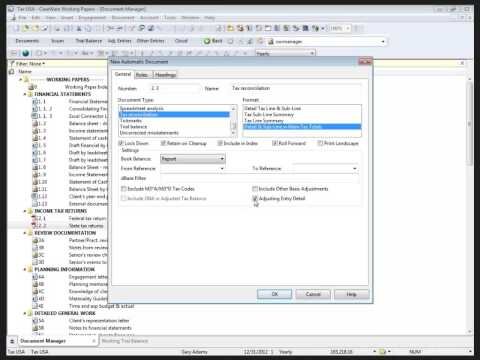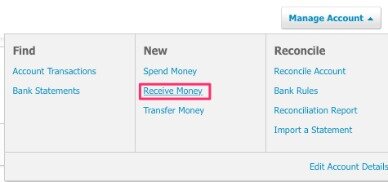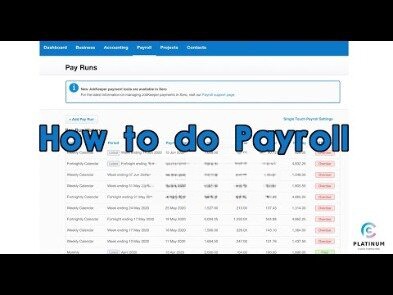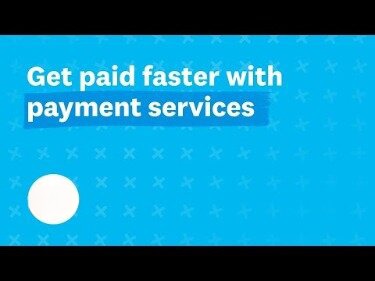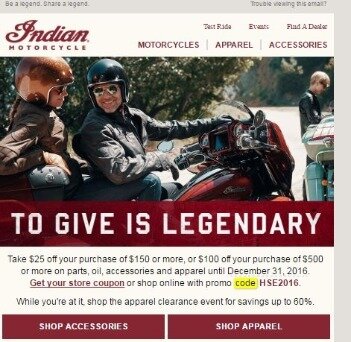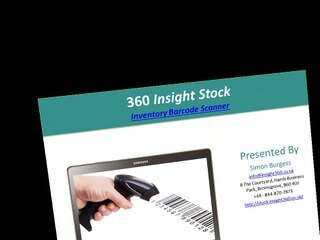Content
The Silver subscription is for single users, and it starts from $25.50 per month for a year-long subscription. A three-month subscription costs $81, while a six-month option is $153. The higher Gold tier gives an unlimited number of users access to the app. A 12-month Gold subscription costs $76.50 per month, while three and six-month plans are $243 and $459, respectively. In addition, a premium TallyPrime Server subscription is available to Gold members for $1,530 per year. Zoho Books is an affordable solution, especially for small businesses.
- And Goldstar are the perfect choice to assist in your system migration.
- Organize your clients’ complex projects into easily manageable steps with Zoho Projects.
- Your vendors can see the details of purchase orders and invoices anytime, and track payments.
- Keeping on track of your supplier purchase invoices and when they are due helps to organise the business finances better.
- Users can now manage their finances from wherever they are through the Zoho Books app for iOS and Android.
Once you build some contact records, you can view each in a window that is, once again, better than Zoho Books Premium’s rivals. The records show key contact information by default, as well as numbers and graphs for receivables/payables and income/expenses, kind of like a mini dashboard for each customer. You also see a timeline, similar to an audit trail, for the current contact, and a box with additional details like Currency and Portal Language so you can communicate with people in their preferred language. Tabs here open other types of related content, like Sales and Purchases (by form), Mails (you can connect Gmail, Outlook, or Zoho Mail), and Statements. The Premium Plan ($70 per organization per month) supports 10 users, budgeting, vendor portals, and integration with Twilio, which allows you to automate SMS messages to customers.
Zoho Books Mobile Apps
2a) On the next screen, set your Date Range – the journal will include records for all payslips (across all pay frequencies) with a pay date within the selected range. Zoho Books have designed its mobile application to look similar to its desktop version. The design has been well thought out and will allow you to complete any financial tasks. As you can see from the transaction below, I had already set up a rule for foreign bank fees, and when viewing the transaction, it showed the allocation one-click, and it was added. Creating a new sales invoice is easy, and you can add or edit the customer details within the invoice section.
It integrates with bank accounts so you can link up your business bank account and import the transactions. Other tools provide good subsets of the website’s data storage and transaction capabilities, like the apps’ product records, invoices, bill-pay, time bookkeeping for startups tracking, reports, and projects. In fact, you could probably run your business for a while from your phone if necessary—the apps are that comprehensive. The Android and iOS versions have different navigation systems but offer a similar set of tools.
Earn rewards for onboarding clients
A free plan is available for those with less than $50,000 in revenue per year. Paid versions range from $15-$240 per month for annual and $20-$275 per month for monthly subscriptions. Five payment https://grindsuccess.com/bookkeeping-for-startups/ plans let every business choose what best suits their needs. While each plan determines the number of users able to access the app, you can add more users by purchasing reasonably priced add-ons.
While both Zoho Books and Tally do the job, their features don’t measure up equally. Here’s a detailed comparison of the two services so you can decide which one is a better fit for your business. Although there is not one built-in, they have an additional application in both the Android and Apple stores.
More features to make accounting easier
Adding a new code is very easy and allows you to have all the codes a small business requires. Zoho Books have got the reporting feature well set up for any small business. Looking at the list of reports available, they have everything a business needs. It will track the mileage using GPS, which is ideal for recording all your travel. Bills can be viewed by all, outstanding, draft, pending approval, unpaid and paid, making it easier to see the information required. They have 17 built-in templates, so you should find one to suit your business.
Do you have to pay for Zoho Books?
After signing up for Zoho Books, you can start using the 14-day free trial of the product. During the trial period, you'll have access to the full-featured Zoho Books. After your trial is over (or even during your trial), you can subscribe to one of the paid plans to continue using Zoho Books.

